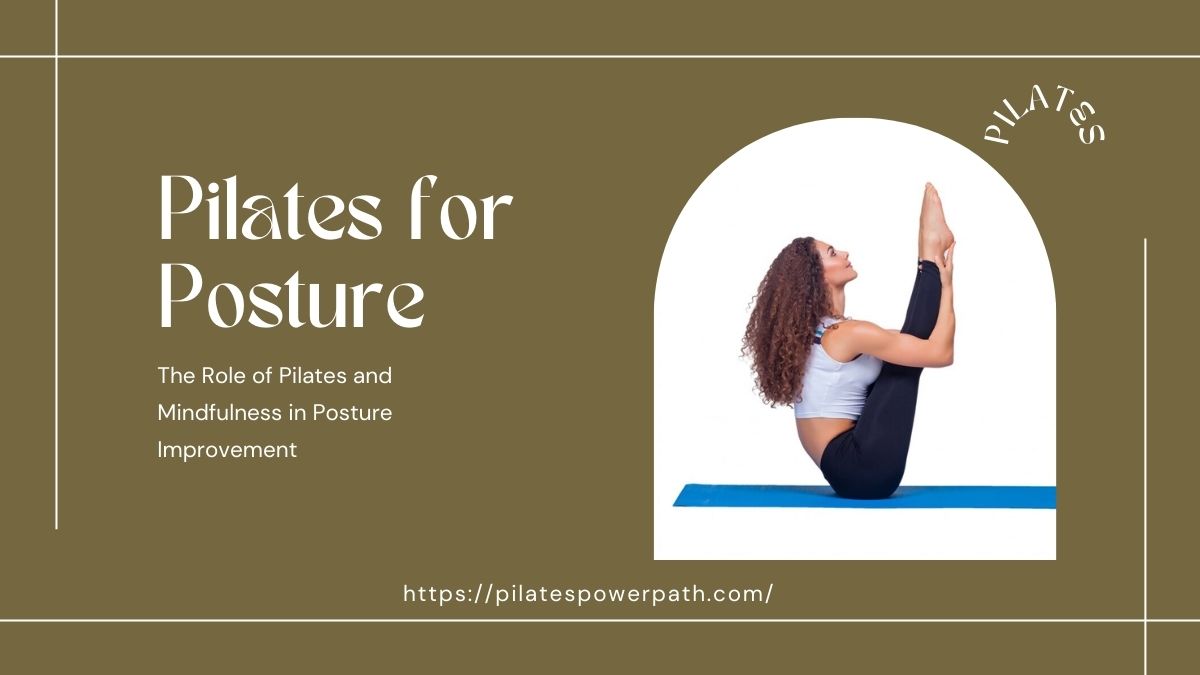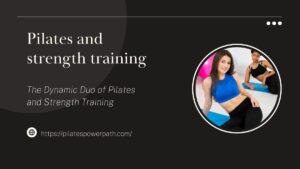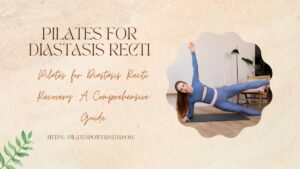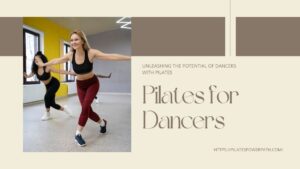Pilates for Posture is crucial for maintaining a healthy mind and body. It aids in the efficient functioning of your musculoskeletal system, reduces strain on your muscles and joints, and helps prevent chronic conditions associated with poor posture over time.
Pilates is an effective exercise regimen specifically designed to improve flexibility, build strength, and develop control and endurance in the entire body. A significant part of Pilates is focused on improving body alignment and posture. By teaching you to be in control of your body, it promotes better posture and mitigates the risks associated with poor posture.
This blog will delve deeper into the intricate relationship between Pilates and good posture. We will discuss the specific Pilates exercises that help in posture correction, explore the science behind their effectiveness, and share testimonials from individuals who have experienced notable improvements in their posture through Pilates.
Understanding Posture
Good posture is not merely about standing tall; it’s a crucial aspect of our health and well-being. In essence, good posture signifies that your body is correctly aligned and your weight is distributed evenly to pertinent muscles and ligaments. This alignment reduces wear and tear on joints, minimizes fatigue thanks to the efficient use of muscles, and helps prevent muscle strain and overuse conditions.
Definition and components of good posture
The definition of good posture goes beyond standing straight. It involves three components: alignment, balance, and motion. Alignment refers to maintaining key parts of your body (ears, shoulders, hips, knees, and ankles) in a straight line. Balance, on the other hand, means being able to stand or sit without strain or discomfort. The final component, motion, refers to maintaining good posture while moving.
Common postural issues and their effects
Some common postural issues include slouching, forward head posture, rounded shoulders, and tilted pelvis. These issues can lead to back, neck, and shoulder pain, decreased flexibility, and impaired functioning of the respiratory and digestive systems.
How poor posture affects overall health
Poor posture does not only lead to musculoskeletal problems but can also impact overall health. It can lead to respiratory issues, as bad posture constricts your lungs, limiting the amount of air that you can inhale and exhale. Digestive problems can also arise as poor posture puts pressure on your internal organs. Moreover, poor posture can affect your mood and energy levels, with studies showing that good posture can help reduce levels of stress hormones in the body.
How Pilates Affects Posture
Pilates is a fitness system that, among its many benefits, has a profound impact on improving and maintaining proper posture. It does so by focusing on the deep muscles of the abdomen and spine, enhancing core stability, and promoting a balanced and aligned body.
Principles of Pilates that Contribute to Better Posture
The principles of Pilates—centering, control, flow, breath, precision, and concentration—work symbiotically to support improved posture. By focusing on developing a strong core (centering), maintaining control over each movement (control), ensuring smooth transitions (flow), using breath to facilitate movement (breath), exact alignment in each exercise (precision), and keeping the mind engaged and aware (concentration), Pilates promotes awareness and control of the body that translates into better posture.
Specific Pilates Exercises Targeting Posture Improvement
There are specific Pilates exercises that target posture improvement. For instance, the ‘Pelvic Curl’ helps strengthen the lower back and abdominal muscles, promoting better postural alignment. ‘The Spine Twist’ increases spinal rotation and flexibility, helping to correct imbalances in the posture. ‘The Chest Lift’ strengthens the core, which is crucial for maintaining good posture.
Testimonials or Case Studies Showcasing Posture Improvements through Pilates
Many individuals have witnessed significant improvements in their posture through regular Pilates practice. For instance, one case study involved a 35-year-old woman who had developed a slouch due to long working hours. After only eight weeks of Pilates, not only did her posture improve noticeably, but she also reported decreased back pain and enhanced overall well-being. Another testimonial from a man in his 50s showed that Pilates helped correct his forward head posture, a common issue resulting from extensive computer use. After several months of Pilates, his posture improved, and his neck pain was greatly reduced. These testimonials underscore the effectiveness of Pilates in improving posture and alleviating related health concerns.
Key Pilates Exercises for Better Posture
Engaging in regular Pilates exercises can drastically improve your overall body posture. The following sections detail some of the critical exercises that concentrate on improving posture.
Spine Alignment Exercises
Spine alignment exercises are fundamental in Pilates, as they focus on keeping the spine healthy and flexible. Exercises such as the ‘Cat Stretch’ and the ‘Spine Twist’ encourage movement in all parts of the spine, improving alignment and reducing the risk of back pain.
Core Strengthening Exercises
A strong core is essential for good posture. Pilates exercises like the ‘Hundred’, ‘Scissors’, and ‘Double Leg Stretch’ are particularly effective in strengthening the core muscles, which help support the spine and maintain an upright posture.
Shoulder and Upper Back Exercises
Exercises that target the shoulders and upper back, such as the ‘Swan Dive’ and ‘Shoulder Bridge’, can help counteract the common issue of rounded shoulders. These exercises strengthen the muscles in these areas, promoting better alignment and posture.
Hip and Pelvic Alignment Exercises
Correct hip and pelvic alignment is crucial for good posture. Pilates exercises like the ‘Clam’ and ‘Side Kick’ help in strengthening the hip muscles and stabilizing the pelvic area, contributing to improved posture.
Breathing Techniques for Posture Improvement
In Pilates, correct breathing is vital, as it aids in controlling movements and maintaining posture. Breathing exercises help engage the deep core muscles, promote relaxation, and help maintain the body’s alignment. Practicing the ‘Pilates Breath’ can contribute significantly to posture improvement. It involves deep inhales through the nose, filling the lungs from the bottom upwards, and exhaling through the mouth, actively engaging the abdominal muscles.
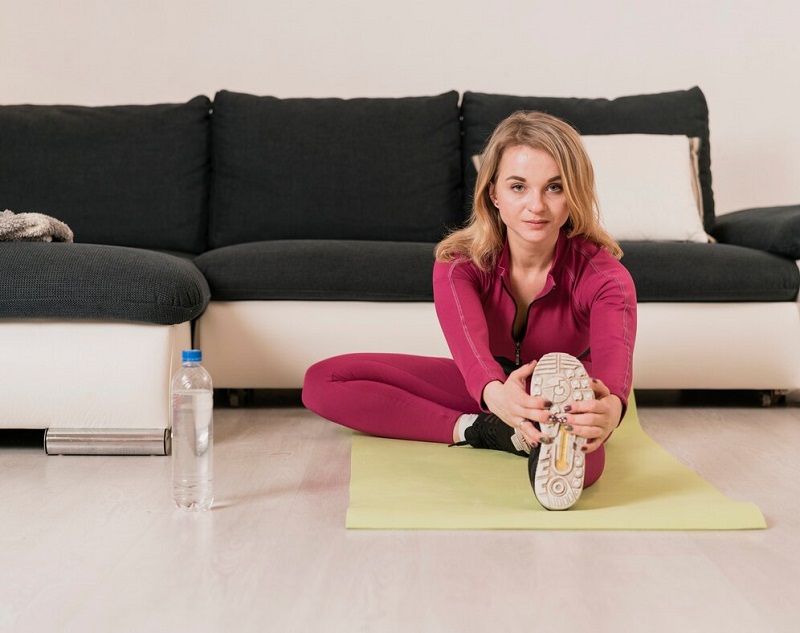
Tips for Incorporating Pilates into Daily Routine
Incorporating Pilates into your daily routine can be a game-changer for your overall health and posture. Begin by setting aside a dedicated time for practice each day, even if it’s just a few minutes initially. Apps and online platforms make it easy to practice Pilates at home, at a time that suits your schedule. If possible, attend a few classes at a Pilates studio to ensure you’re performing the exercises correctly and to get personalized advice.
Creating a Pilates Routine for Posture Enhancement
Design a routine that focuses on exercises beneficial for posture. This could include a mix of spine alignment exercises, core strengthening movements, shoulder, upper back, hip, and pelvic alignment exercises, and correct breathing techniques. The routine doesn’t have to be long or complicated—consistency is key.
Ways to Integrate Pilates Exercises into Daily Activities
One of the beauties of Pilates is that many of its exercises can be integrated into daily activities. For example, practice the ‘Pilates Breath’ while sitting at your desk or perform the ‘Spine Twist’ during a TV commercial break. You could even do the ‘Cat Stretch’ when you wake up in the morning to get your spine moving.
Importance of Consistency in Seeing Posture Improvement Results
Like any form of exercise, consistency is key in Pilates. Regular practice enables you to progressively strengthen your core, improve your flexibility, and enhance your body awareness—all of which contribute to better posture. Remember, posture improvement is a gradual process, so don’t expect to see significant changes overnight. Keep at it, and over time, you will likely notice a marked improvement in your posture and overall well-being.
Lifestyle Changes for Better Posture
Making certain lifestyle changes can significantly improve your posture. One of the most effective ways to do this is by adopting an ergonomic workspace. This involves setting up your work area to support good posture, such as adjusting your chair height so that your feet are flat on the floor, or positioning your computer screen at eye level to minimize neck strain.
Ergonomic Considerations for Workspace and Daily Activities
When setting up your workspace, emphasize ergonomics. This includes using a supportive chair with proper lumbar support, positioning your keyboard and mouse within easy reach, and using a standing desk if possible to encourage mobility. In daily activities, be mindful of your posture and try to maintain alignment while sitting, standing, or carrying out tasks.
Posture-Conscious Habits in Everyday Life
Developing posture-conscious habits can greatly contribute to improved posture. This includes being aware of and correcting your posture throughout the day, especially when sitting for long periods. Regularly changing positions, standing up, and walking around every hour or so, can also help to maintain good posture.
Importance of Regular Breaks and Stretching for Posture Maintenance
Taking regular breaks from sitting or standing in the same position for extended periods is significant for posture maintenance. During these breaks, stretch your muscles to relieve tension and promote flexibility. Incorporate a variety of stretches that target your neck, shoulders, back, and legs. This not only improves your posture but also enhances your productivity and overall well-being.
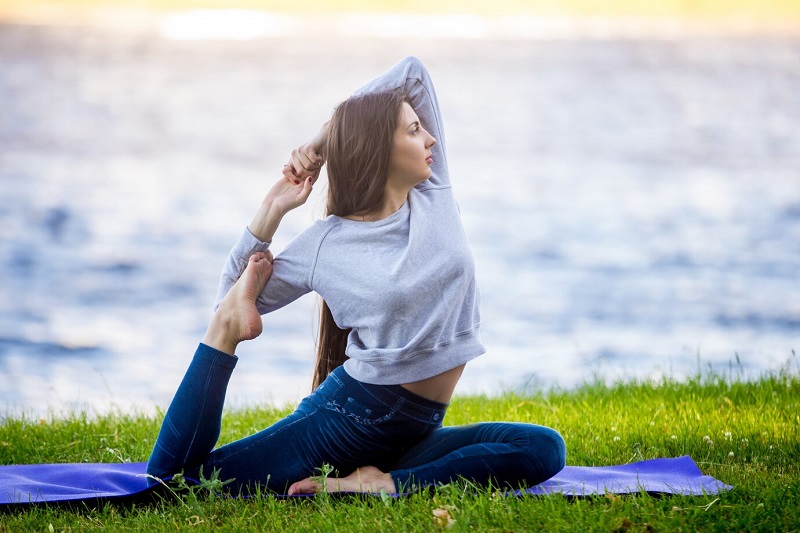
The Mind-Body Connection in Posture Improvement
Understanding the mind-body connection is crucial in posture improvement. This concept emphasizes the powerful interrelationship between our mental state and physical health. By being mindful of your body’s alignment and movements, you can make significant strides in correcting and improving your posture.
Role of Mindfulness and Mental Awareness in Posture Correction
Mindfulness involves being fully present and aware of our bodies and our surroundings. It means paying attention to our bodies in a specific, nonjudgmental way. When we bring mindfulness to our posture, we become aware of our body’s alignment and how our activities affect our posture. This heightened awareness enables us to make the necessary adjustments to correct our posture.
Pilates as a Holistic Approach to Posture Improvement
Pilates is a holistic exercise regimen that focuses on the body as a whole, promoting balanced muscular development and flexibility. It emphasizes the mind’s active role in controlling the body’s movements. Thus, Pilates not only strengthens the body but also sharpens the mind, making it an effective method for posture improvement.
Mental Exercises and Relaxation Techniques for Posture Alignment
Various mental exercises and relaxation techniques can aid in posture alignment. Visualization, for instance, is a powerful technique that involves picturing yourself with an ideal posture. By regularly practicing this, you can guide your body towards better alignment. Relaxation techniques like deep breathing and progressive muscle relaxation can also help by relieving muscle tension and supporting a natural, relaxed posture.
Read More: Transform Your Fitness Journey with Pilates Cardio Sculpt
Benefits of Improved Posture through Pilates
Enhanced physical appearance and confidence
Improved posture through Pilates brings a slew of benefits. Primarily, it enhances your physical appearance, making you look taller and more confident. When your body is properly aligned, it not only portrays a positive self-image but also makes you feel more self-assured in your daily interactions.
Reduction of pain and discomfort associated with poor posture
Pilates exercises, designed to strengthen your core and align your spine, can significantly reduce discomfort and pain associated with poor posture. Many people who sit or stand for long periods tend to experience back, neck, or shoulder pain. Implementing Pilates into your exercise routine can help alleviate these issues by correcting posture and promoting better body mechanics.
Overall health improvements and increased energy levels
Finally, improved posture can lead to overall health improvements and increased energy levels. When your body is in alignment, it allows for more efficient movement, reduces the risk of injury, and promotes better blood circulation and respiratory function. Moreover, correct posture means your muscles aren’t working overtime to keep you upright, leading to increased energy levels throughout the day. Remember, good posture is more than just standing tall; it’s a vital part of your overall health and well-being.
Conclusion
In conclusion, the significance of good posture cannot be overstated. It affects our physical appearance, health, and even mental and emotional well-being. Adopting posture-conscious habits, understanding the mind-body connection, and incorporating tools like Pilates into our daily routines can greatly contribute to posture improvement. Pilates, with its focus on mindfully controlling the body’s movements, offers a holistic approach to posture improvement. Its exercises strengthen the core and align the spine, helping to alleviate the pain and discomfort associated with poor posture. Moreover, better posture leads to overall health improvements, including better blood circulation, respiratory function, and increased energy levels. Therefore, we encourage everyone to incorporate Pilates or similar mindfulness-based exercises into their routine for better posture. Remember, achieving and maintaining good posture is a continuous process that requires conscious effort, but the benefits are well worth the effort. By adopting these strategies, we can all move towards a healthier, happier, and more confident selves.
Frequently Asked Questions
Pilates is a holistic exercise regimen that promotes balanced muscular development and flexibility. By emphasizing the mind’s active role in controlling the body’s movements, Pilates strengthens the body and sharpens the mind, effectively improving posture over time.
Yes, mindfulness plays a crucial role in posture correction. By being fully present and aware of your body and its alignment, you can make significant adjustments to improve your posture. Techniques such as visualization and deep breathing can further assist in achieving better posture.
Improved posture facilitates more efficient movement, reduces the risk of injury, and promotes better blood circulation and respiratory function. By aligning your body properly, your muscles don’t have to work as hard to keep you upright, leading to increased energy levels. Additionally, an upright posture enhances physical appearance and instills confidence.

